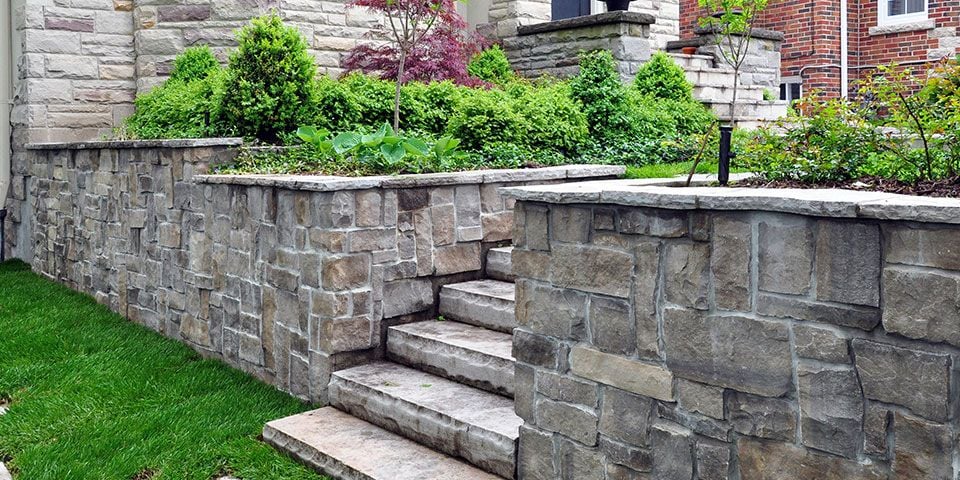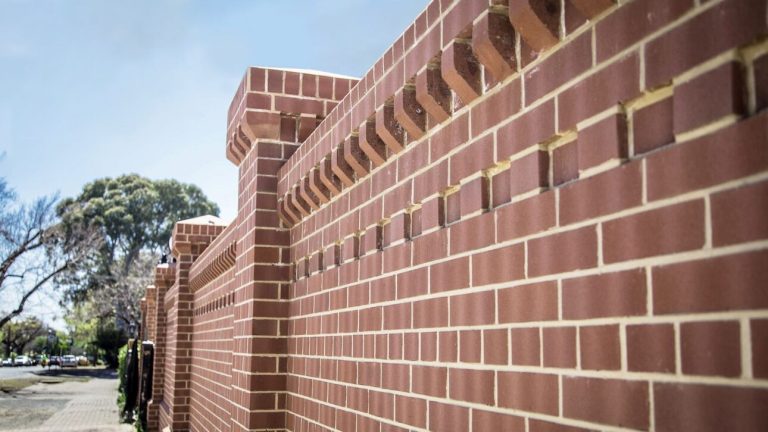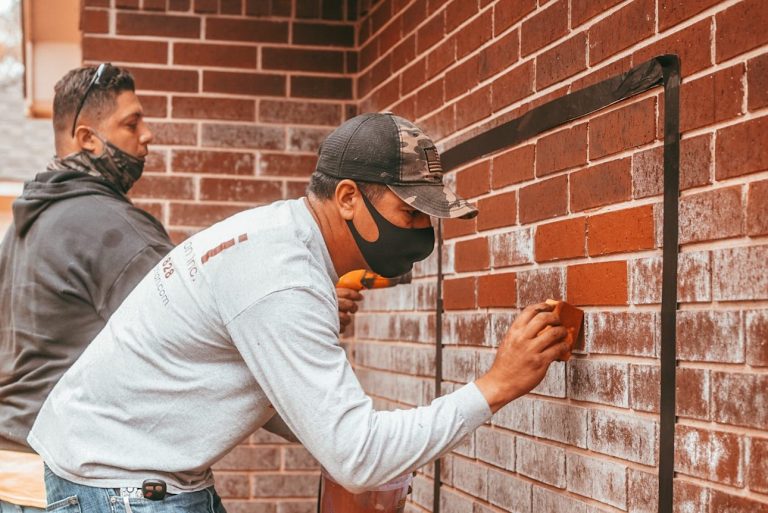What is Hardscaping? Transform Your Outdoor Space with These Essential Elements
Hardscaping plays a crucial role in creating a balanced and functional outdoor environment. Unlike landscaping, which involves plants and greenery, hardscaping refers to the non-living, structural elements in an outdoor space, such as patios, walkways, retaining walls, and outdoor kitchens.
Including hardscape features not only enhances the appearance of your backyard but also adds functionality and value to your property.
Here’s a closer look at what hardscaping entails and the benefits it can bring to your home.
What’s the Difference Between Hardscape and Landscape?

Hardscape features include anything “hard” in your yard—stone paths, wood decks, concrete patios, and more. In contrast, landscape elements consist of trees, shrubs, flowers, and other greenery.
A thoughtfully designed outdoor space combines both hardscape and landscape elements, blending aesthetics with practical use.
Benefits of Hardscaping for Your Home
Incorporating hardscaping elements brings numerous advantages, including:
- Increased Usable Space: Hardscaping, like patios and outdoor kitchens, expands your living space by creating areas for outdoor activities such as dining, relaxation, and entertainment.
- Enhanced Visual Appeal: Decorative stone, pavers, and water features add color, texture, and design interest to your yard.
- Minimal Maintenance: Hardscape elements require little upkeep compared to landscaping. Patios, stone paths, and retaining walls are long-lasting, needing only occasional cleaning.
- Boosted Property Value: A well-designed hardscape layout can increase curb appeal and property value, making your home more attractive to potential buyers.
- Erosion Control and Water Management: Features like retaining walls and drainage systems help prevent soil erosion and manage water flow, protecting your landscape.
- Privacy and Noise Reduction: Fences, walls, and pergolas add privacy and can reduce noise, creating a secluded outdoor retreat.
Popular Hardscaping Materials
From natural stone to composite materials, the options for hardscaping materials are diverse:
- Concrete: A versatile choice for patios, walkways, and retaining walls, which can be poured in various shapes or stamped to mimic natural stone.
- Pavers: Ideal for creative designs, available in a wide range of shapes, colors, and materials, including concrete and clay.
- Natural Stone: Known for its beauty and durability, commonly used for patios, pathways, and retaining walls.
- Brick: A timeless option for patios and walkways, offering a classic aesthetic that blends well with most home styles.
- Wood: Popular for decks, pergolas, and fences, bringing warmth and a natural feel to your yard.
- Metal: Modern and sleek, used for fencing, railings, and pergolas, and often chosen for its durability and unique look.
Choosing the Right Hardscaping Materials
To select the best materials for your hardscape, consider your needs, climate, and budget. Assess how each feature will function in your outdoor space, explore different options, and prioritize durability to ensure long-lasting enjoyment.






